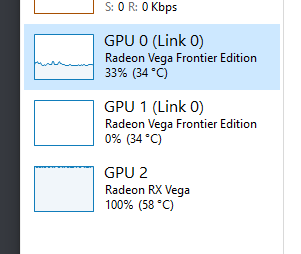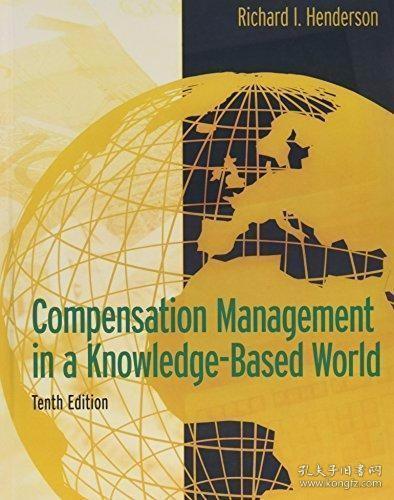LinuxCNC Hardware: The Ultimate Guide
This ultimate guide to LinuxCNC hardware provides a comprehensive overview of the various components and configurations available for use with LinuxCNC, the popular open-source CNC software. From basic introductions to complex setups, this guide helps users understand the essential elements of LinuxCNC hardware, including controllers, drivers, and other necessary components. The aim is to provide readers with the knowledge and guidance they need to make informed decisions about their LinuxCNC hardware setup, enabling them to get the most out of their CNC software investment. Whether you're a beginner or an experienced user, this guide is an essential resource for understanding LinuxCNC hardware.
LinuxCNC (Linux Controlled CNC) is an open-source project that provides a complete set of tools to control CNC (Computer Numerical Control) machines using Linux operating systems. CNC machines are widely used in manufacturing and industrial fields to perform various tasks, such as cutting, drilling, milling, and so on. In this article, we will explore the hardware aspect of LinuxCNC to help you understand the components and setup required to run a CNC machine using LinuxCNC software.
What is LinuxCNC Hardware?
LinuxCNC hardware refers to the physical components and devices that make up the CNC machine itself. These components include the machine frame, motors, drivers, and sensors that are necessary for the machine to operate properly. While the software (LinuxCNC) provides the necessary tools to control the machine, it is the hardware that actually performs the tasks.
Machine Frame

The machine frame is the structure that holds all the components of the CNC machine together. It provides stability and support for the machine to ensure it operates accurately and reliably. Machine frames are typically made from metal or plastic materials and are designed to withstand the stresses and vibrations generated by the machine's operations.
Motors
Motors are the driving force of the CNC machine. They convert electrical energy into mechanical energy to drive the machine's axes (X, Y, Z, etc.). The type of motor used depends on the specific application and requirements of the machine. For example, a CNC milling machine might use a brushed DC motor for its spindle rotation, while a CNC lathe might use an AC servo motor for its axis drive.
Drivers
Drivers are the electronic devices that amplify and control the current supplied to the motors. They receive signals from the software (LinuxCNC) to determine how much current to supply to each motor. Drivers also provide feedback to the software about the status of each motor, such as whether it is running or not, and what its current speed is.
Sensors

Sensors are used to monitor and measure various parameters of the CNC machine's operation. For example, a limit switch senses when an axis has reached its limit position, while an encoder measures the rotation of a motor shaft to provide feedback about the speed and direction of travel of each axis. Sensors play a crucial role in ensuring accurate and safe operation of the CNC machine.
Setting up LinuxCNC Hardware
Setting up LinuxCNC hardware involves assembling all the components mentioned above into a functional machine. This process typically requires a mechanical engineer or CNC machine operator with experience in assembly and installation of CNC machines. The setup process can vary depending on the specific machine model and manufacturer, but generally involves mounting the machine frame, installing the motors, drivers, and sensors, and connecting them together using appropriate wiring and cables.
Once the hardware setup is completed, it is essential to calibrate the machine to ensure accurate operation. Calibration involves measuring and adjusting various parameters of the machine, such as axis travel distances, motor speeds, and so on. This process can be automated using calibration software provided by LinuxCNC or can be performed manually by skilled operators.
In conclusion, LinuxCNC hardware refers to all the physical components and devices that make up a CNC machine itself. These components work together with LinuxCNC software to provide a complete set of tools for controlling CNC machines. Understanding these components and their setup process is essential for anyone interested in using LinuxCNC software to operate CNC machines in manufacturing or industrial applications.
Articles related to the knowledge points of this article:
Title: Vieler Architectural Hardware GMBH: Pioneering the Future of Architectural Hardware
Title: Unleash the Power of the Best HDD Eraser Hardware for Optimal Data Recovery
Neitzel Hardware: A Comprehensive Review
Title: Moison Ace Hardware Reviews: The Ultimate Guide to Choosing the Best Home Additions



